The World by 2050: What will it look like?
By 2050, the world will be home to an estimated 9.7 billion people. This massive population growth will put incredible pressure on resources, create new challenges such as climate change and social unrest, and require new approaches to governance and economic development. In this article, we explore some of the key issues that will need to be addressed if the world is to achieve a prosperous and sustainable future by 2050. By 2050, we will see the following six things:
Robot, Computer and Technology
Artificial intelligence will dominate every facet of existence by 2050. You will be able to make purchases without the assistance of cashiers or standing in line at AI-powered establishments. Artificial intelligence (AI) will be used to diagnose and treat patients, manage logistics, and analyze massive amounts of data.
Artificial intelligence in conversation BOTS and speech recognition systems will have the same sound and behavior as humans. Robots will be equipped with artificial intelligence. Robot dogs and other companion animals will be available by the year 2050. Teachers, cooks, pharmacists, law enforcement officers, and athletes will all be replaced by robots.
Universal translators will have broken down all language boundaries by 2050, and automatic speech recognition will be commonplace. Hundreds of sensors will be implanted in our clothing, homes, and surroundings to track and improve our health and well-being.
Significant changes will occur in the field of computing. We may be able to use quantum computers by 2050. Quantum computers, which are based on quantum physics concepts, have the potential to vastly outperform current transistor-based machines in terms of computational capacity. Humans will become accustomed to artificial intelligence and computers.
Brain chips like Elon Musk’s neural link will be used to cure neurological ailments like Alzheimer’s, Parkinson’s, spinal cord injuries, and blindness. Users will be able to control computers and devices remotely using these brain chips. By 2050, we may be able to use our minds to control items and communicate through brain waves.
Robotic prostheses may be more advanced and powerful than organic prosthetics by 2050. Prosthetic eyes and ears will be available to treat blindness and deafness, and virtual reality, like AI, will be commonplace in 30 years. People will be able to try on virtual reality closets, and holograms will take FaceTime to new heights. Our platforms will allow you to move while remaining stationary, allowing us to travel the world and experience life on other planets without ever leaving our homes.
The Revolution in Transportation
In 2014, 320,000 new electric vehicles were registered around the world. In 2019, that number was 2.3 million. Global EV sales are predicted to surpass 10 million by 2025, and electric vehicles will account for the majority of automobiles by 2050.
At-home charging stations capable of recharging autos in as little as ten minutes will gradually replace gas stations. Automobiles will lose their drivers at some point.
Tesla vehicles already have autopilot systems that have earned the Society of Automotive Engineers’ level-2 automation classification.
Other companies, such as Google, have invested heavily in self-driving technology. At this time, fully autonomous level 5 vehicles are expected to reach consumers in the late to mid-2020s, with widespread adoption expected in the 2030s. People will be driving steering-wheelless cars by 2050. Thousands of self-driving vans and semi-trucks will distribute deliveries and shipments around the country without the need for human interaction.
Drones, on the other hand, will be able to accomplish the same task across shorter distances. Drone swarms will transport tiny items from floating or vertical warehouses by 2050. There will be surveillance drones in addition to drones for construction, entertainment, and agriculture.
Electric tolls or electric vertical takeoff and landing aircraft will provide urban mobility. EV toll aircraft prototypes are presently functioning in large numbers. They have a huge urban market, and studies show that the technology has a high chance of succeeding. Uber is one among the companies working on electric vehicle solutions in order to make airborne ride-sharing a reality.
Airbus, for example, has had success with drone designs such as the Airbus pop-up concept, the Humber Airbus, and others. The technology has the potential to be widely used. Cities will almost probably have extensive use of air taxis by 2050, however, this may not be feasible.
Elon Musk believes that roadways should be made 3D, with flying cars and tunnels. He believes in the ant tunnels. The tunneling firm founded by Elon Musk is presently excavating small experimental tunnels beneath cities. Cities will have thousands of tunnels beneath them by 2050, if Musk can dramatically lower the cost of boring.
The Hyperloop, a child of Elon Musk, is set to revolutionize long-distance land transportation. Hyperloop, a high-speed vacuum maglev train concept, could travel at speeds of up to 700 miles per hour. A 43-minute flight between Los Angeles and San Francisco would be faster than a six-hour car excursion. Hyperloop systems are very certainly going to be developed by 2050, and while they may eventually overtake airplanes as the most popular means of long-distance domestic transportation, airplanes will still be the most popular mode of intercontinental travel.
Electric planes could take to the sky if batteries become more powerful. Moreover, some companies are striving to resurrect supersonic flight. These are small-scale jets capable of carrying between 10 and one hundred passengers, not airliner-class aircraft.
By 2050, we could have Concorde-style supersonic aircraft soaring over the skies or operating as airline replacements. What if we flew through the air in rockets? Within the next few years, Elon Musk plans to use his spaceship to transport passengers around the world, and Musk Spacecraft 1 could fly from New York to London in under 29 minutes.
The Energy Revolution
Our energy system is in the process of change. During the last decade, solar energy has become more inexpensive. Because of economies of scale and improved technology, solar equipment prices have dropped by 89 percent since 2010.
The cost of wind energy has also dropped dramatically. New solar and wind investments are frequently less expensive than natural gas and coal plants as a result of these reductions, although renewables still have a major disadvantage. Utility-scale renewable energy systems require energy storage because they need a way to store excess energy generated by the wind and sun on windy and sunny days for use on cloudy and quiet days.
Researchers are developing new methods for storing huge amounts of energy, such as storing it as heat in materials, compressing air, or turning error to a liquid, to aid in this attempt. Although the best solution has yet to be discovered, these techniques will likely be used on a wide basis in the future. By 2050, renewable energy is expected to generate more than half of all global electricity, but that is not all. Fusion power will gain popularity as solar and wind energy become more common in the energy business.
Fusion energy is now only a concept; nonetheless, 35 countries are working together on ITER. A $20 billion project in France will produce a fusion-powered plasma within an experimental machine to demonstrate the potential of fusion energy for power generation. The energy will be collected by the machine’s walls and converted to steam, which will be used to generate electricity using turbines. The first plasma auction will take place in December 2025. We could have fully operational fusion power plants by 2050, which would be more efficient than any other energy source in history.
The Space Race: The Second
The Artemis mission, led by NASA, seeks to return humans to the moon by 2024. SpaceX, Dianetics, and Blue Origin are all working on landing craft for the project.
NASA intends to send humans to Mars in the 2030s, following the moon. The goals of SpaceX are substantially larger. They’re now working on a spaceship, a rocket that will be able to transport humans to Mars by 2024. Once they arrive, SpaceX plans to build a permanent colony. By 2050, Elon Musk wants to build a Martian city with a population of one million people.
SpaceX is also working on the Starling project. The world’s most advanced broadband internet network will be built using thousands of satellites. Blue Origin, Boeing, Lockheed Martin, and Virgin Galactic are among the major space companies competing for space. In the next 30 years, we may have a permanent colony on the moon, space hotels in orbit, and humans on Mars.
Biotechnology and Agriculture
Human food consumption patterns will have evolved substantially by 2050, owing in major part to meat eating. Livestock is responsible for 15% of human-caused greenhouse gas emissions and consumes 26% of the Earth’s land surface.
We must stop eating meat to feed our growing population while lowering emissions. Our meat alternatives businesses, such as Beyond Meat and Impossible Foods, have been valued at billions of dollars as a result of their contributions to the rapidly growing meat alternatives market. Furthermore, plant-based diets are becoming more popular in general, whereas cultured meat is not.
Meat that has been developed in vitro using cell culture is known as cultured meat. It eliminates the need for animal slaughter and emits very few pollutants. By 2050, mass-produced in vitro T-Bone steaks will very probably be available to meet the growing population’s demand for more plants while eliminating the uncertainty associated with climate change.
Farms will be brought indoors and into cities thanks to vertical farming. Vertical farming is becoming increasingly popular. Large-scale vertical farms will exist throughout the planet by 2050, providing food for the world’s growing population while using minimal land and water.
Biotechnology will advance as human eating habits change, and major organs will be replaced by prosthesis. Damage and diseases can be repaired by stem cells. Stem cells that can be led to generate a wide variety of specialized cells will be used in therapies like brain chips in the future. People with Parkinson’s and Alzheimer’s disease, as well as type 1 diabetes, heart disease, burns, cancer, and rheumatoid arthritis, may benefit from stem cell therapy.
Another sort of biotechnology is gene editing using CRISPR/canine technology. Scientists may now create new DNA strands to replace disease-causing ones. Scientists want to employ this technology to fix incurable genetic illnesses in the future.
Climate Change Solutions
While doing so, we will deploy carbon removal technology to decarbonize the global economy. Carbon capture and storage is a technique for capturing carbon emissions at their source and transporting them underground while leaving the atmosphere unaffected. Advanced technologies will remove carbon from the air and seas immediately. Furthermore, certain minerals naturally react with carbon dioxide and can be used to convert carbon from a gas to a solid. Although it is unknown which of these strategies is the most effective, we may expect them to be widely used in the future.
In conclusion, the world will be a very different place by 2050. It is hard to predict exactly what it will look like, but we can be sure that there will be many changes. We must all work together to make sure that the future is a bright one. Let’s hope that by then, we have solved many of the world’s problems, such as poverty and inequality.


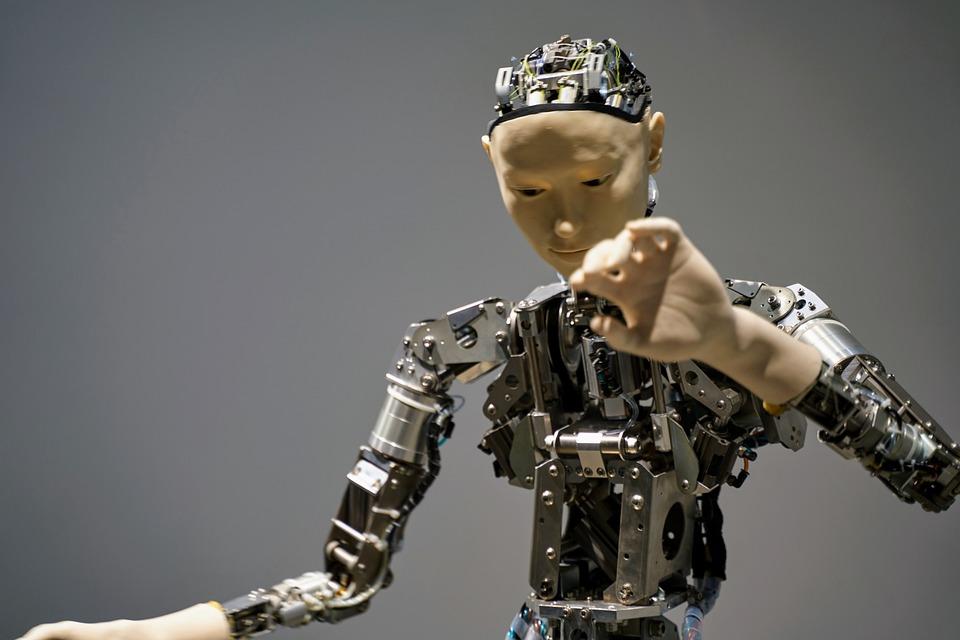
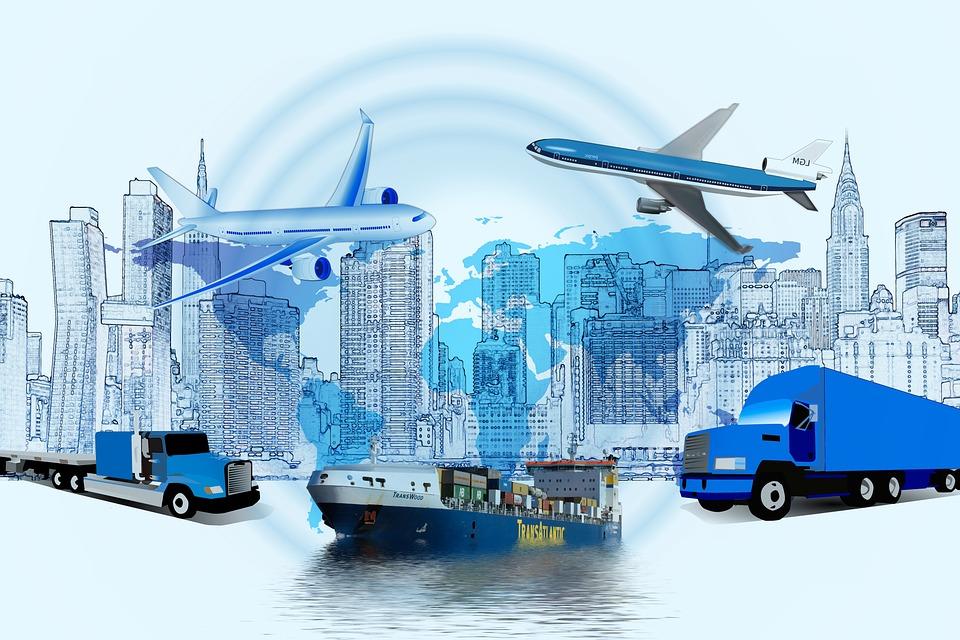
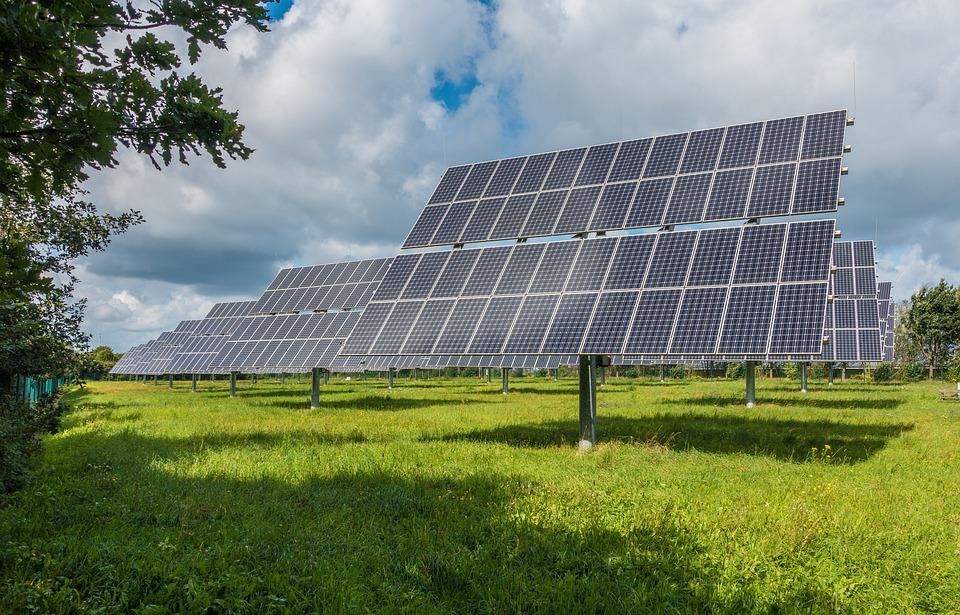
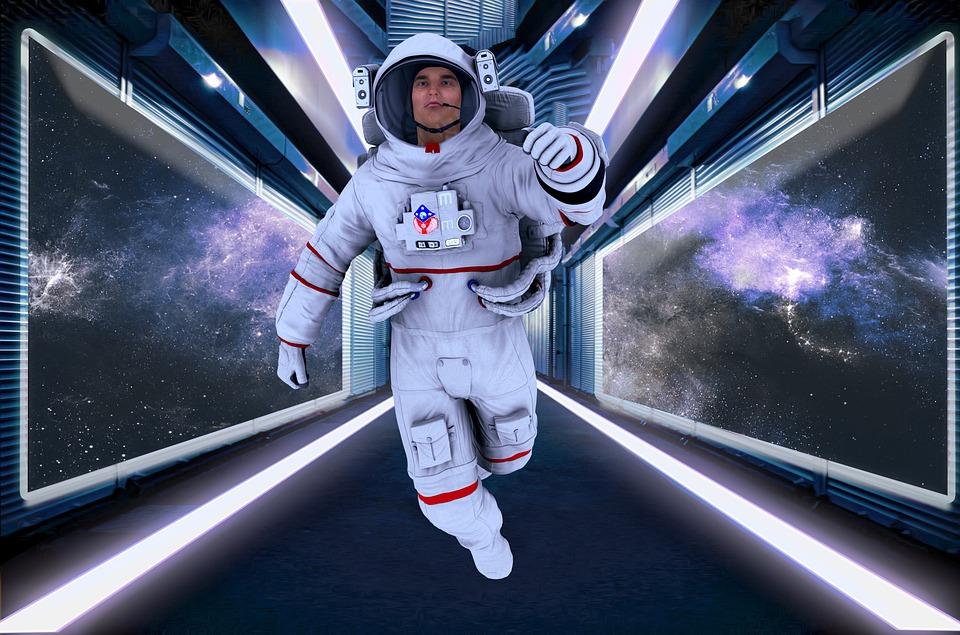

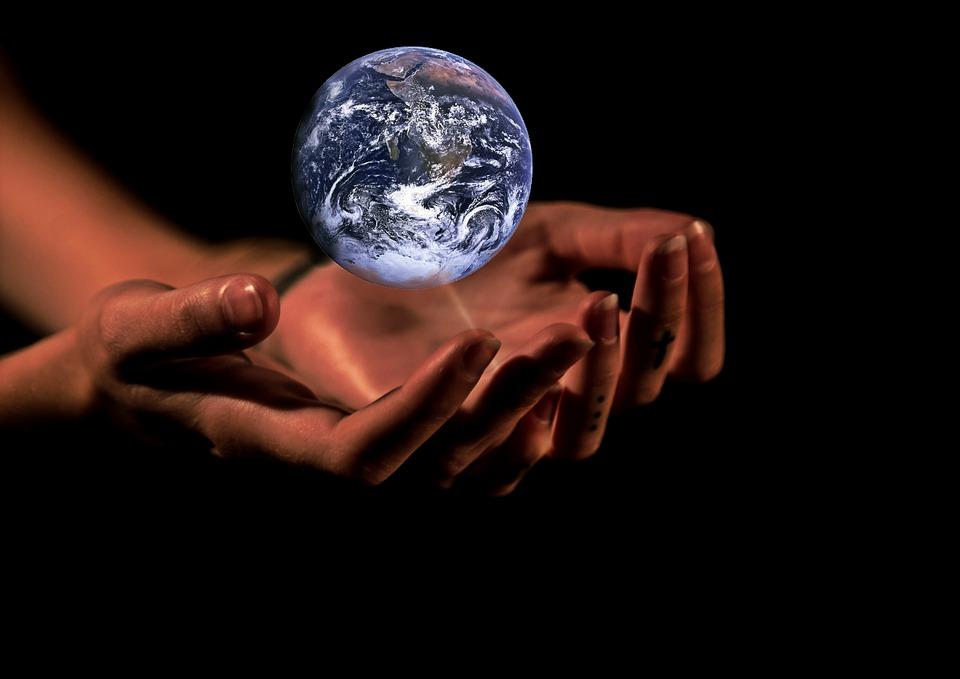
 Previous Post
Previous Post Next Post
Next Post